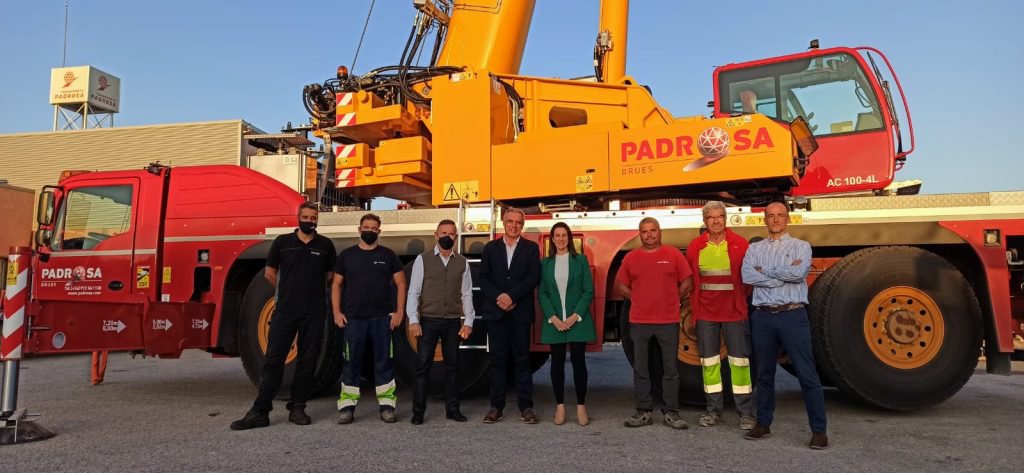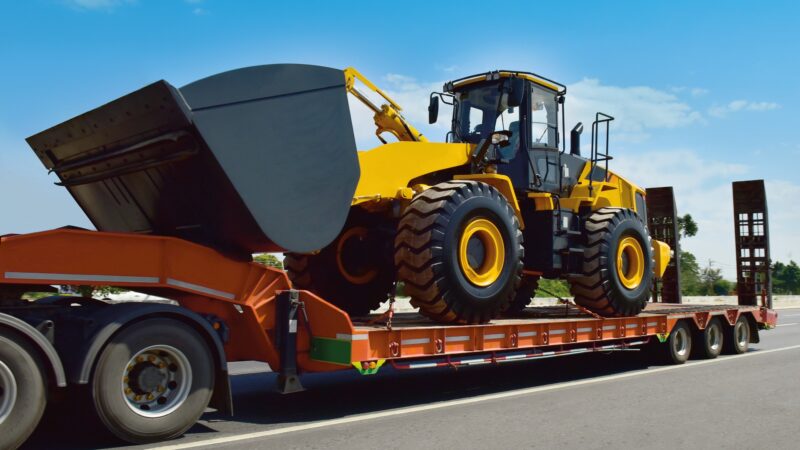Transporting heavy machinery presents a unique set of challenges that can quickly turn into headaches for even the most seasoned logistics professionals. From oversized loads that challenge the limitations of conventional vehicles to the intricate web of regulations governing transport routes, the hurdles are numerous.
A single misstep can lead to costly delays, legal complications, and potential damage to expensive equipment. In this article, we will explore the common pitfalls associated with heavy machinery transport and offer practical strategies to sidestep these obstacles.
By understanding the complexities involved and employing proactive measures, you can ensure a smoother, more efficient transport process, safeguarding both your assets and your peace of mind. Lets dive into the intricacies of heavy machinery transport and arm you with the knowledge to navigate this demanding field with confidence.
Planning and Preparation: Key Steps to Success

Planning and preparation are the bedrock of successful heavy machinery transport, acting as a safeguard against potential pitfalls that can derail even the most straightforward operation. First and foremost, a meticulous assessment of the route is essential; consider factors such as road conditions, weight limits, and bridge clearances that can pose significant challenges.
Engaging in comprehensive pre-transport consultations with all stakeholders—drivers, engineers, and project managers—ensures that everyone is aligned on expectations and requirements. Furthermore, secure all necessary permits early in the process, as regulatory hurdles can cause unexpected delays.
Dont forget to conduct a thorough inspection of the machinery to be transported; ensure that it is in good working order and that all safety measures are in place. Recording detailed inventory and condition reports can also help mitigate disputes down the line.
By establishing clear communication, anticipating obstacles, and taking proactive measures, you set the stage for a smooth and efficient transport experience.
Risk Management and Safety Considerations

In the realm of heavy machinery transport, effective risk management and safety considerations are not just bureaucratic formalities; they are pivotal to the successful navigation of potential pitfalls. Firstly, thorough risk assessments must be conducted, identifying variables such as weight limits, terrain challenges, and weather conditions, which can dramatically affect transport logistics.
Secondly, ensuring that all equipment, from the transport vehicles to the machinery itself, adheres to safety regulations is paramount. This includes regular maintenance checks and up-to-date inspection certifications.
Moreover, training the operators and support staff on proper loading techniques, securing machinery, and understanding their routes can mitigate risks associated with accidents and damage. Not to be overlooked, communication plays a crucial role; having a clear plan and constant coordination among all team members facilitates swift responses to unforeseen circumstances.
Ultimately, by integrating these comprehensive safety measures into the transport process, companies can safeguard their assets and ensure that the heavy machinery reaches its destination intact and on time.
Conclusion

In conclusion, navigating the complexities of heavy machinery transport requires careful planning, rigorous safety measures, and a proactive approach to potential challenges. By understanding the common pitfalls associated with this industry and implementing strategies to mitigate risks—such as thorough route assessments, proper securing techniques, and compliance with regulations—businesses can ensure a smoother and more efficient transportation process.
Ultimately, investing time and resources into addressing these challenges not only enhances operational effectiveness but also safeguards valuable assets, paving the way for successful and stress-free heavy machinery transport experiences.


